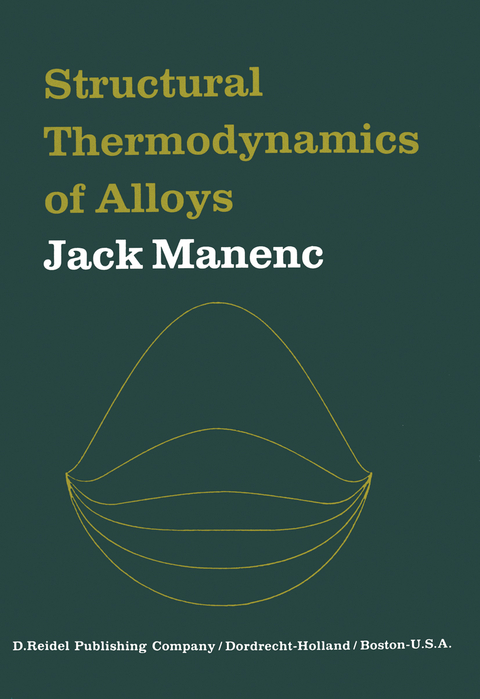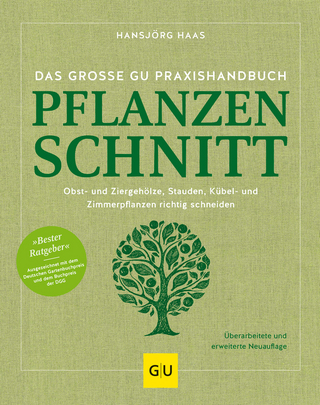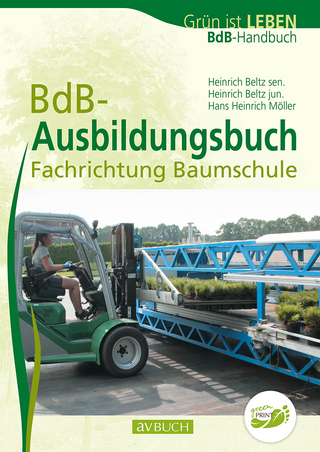
Structural Thermodynamics of Alloys
Springer (Verlag)
978-94-010-2607-9 (ISBN)
Technical progress has for a very long time been directly dependent on progress in metallurgy, which is itself connected with improvements in the technology of alloys. Metals are most frequently used in the form of alloys for several reasons: the quantity of pure metal in its native state in the earth's crust is very limited; pure metals must be extracted from ores which are themselves impure. Finally, the methods of treatment used lead more easily to alloys than to pure metals. The most typical case is that of iron, where a pure ore may be found, but which is the starting point for cast iron or steel, alloys of iron and carbon. In addition, the properties of alloys are in general superior to those of pure metals and modem metallurgy consists of controlling these properties so as to make them conform to the requirements of the design office. Whilst the engineer was formerly compelled to adapt his designs and constructions to the materials available, such as wood, stone, bronze, iron, cast iron and ordinary steels, he can now expect, due to metallurgical research, the creation of special alloys meeting specific requirements. These requirements must of course be reasonable, but VIII INTRODUCTION must be sufficiently imperative for them to become the motive for progress.
General Considerations.- I: Equilibrium States.- 1. Review of Fundamental Concepts of Classical Thermodynamics of Solutions.- 2. Variation of Thermodynamic Functions with Composition at Constant Pressure or Volume and Temperature.- 3. Classification of Different Types of Homogeneous Solution According to Expression of Free Energy.- 4. Experimental Determination of Curves of Activity and of Free Energy.- 5. Conditions for De-mixing of Solutions.- 6. Equilibrium Diagrams.- 7. Statistical Thermodynamics of Solutions.- II: Structure of Alloys not in the Equilibrium State.- 8. Evolution of Structure Towards Equilibrium. Activation Energy.- 9. Hardening by Precipitation.- 10. Thermodynamic Considerations on Formation of Metastable Phases During Ageing of Very Hard Alloys.- 11. Theory of Precipitation.- 12. Growth of Precipitates Formed by Homogeneous Nucleation.- 13. Discontinuous Precipitation.- 14. Martensitic Transformation of Alloys.
| Übersetzer | N. Corcoran |
|---|---|
| Zusatzinfo | 225 p. |
| Verlagsort | Dordrecht |
| Sprache | englisch |
| Maße | 127 x 203 mm |
| Themenwelt | Sachbuch/Ratgeber ► Natur / Technik ► Garten |
| Naturwissenschaften ► Physik / Astronomie ► Thermodynamik | |
| Technik ► Maschinenbau | |
| ISBN-10 | 94-010-2607-6 / 9401026076 |
| ISBN-13 | 978-94-010-2607-9 / 9789401026079 |
| Zustand | Neuware |
| Informationen gemäß Produktsicherheitsverordnung (GPSR) | |
| Haben Sie eine Frage zum Produkt? |
aus dem Bereich


